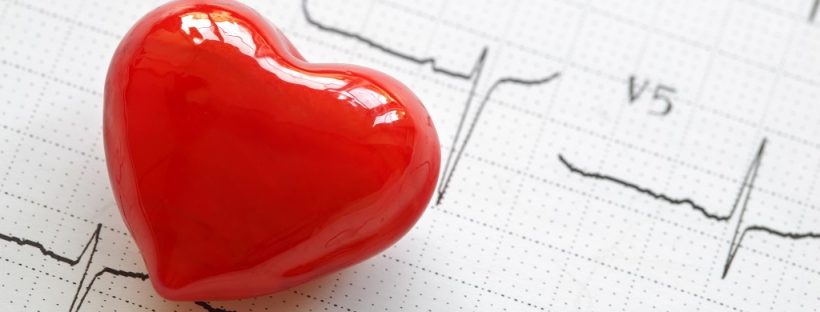By Lorna Fitzpatrick, MD
You’ve seen signs posted in public places that an AED is on the premises. AED stands for automated external defibrillator — or, more accurately, semi-automated since a human operator is needed. Did you know that the purpose of an AED is to stop the heart, rather than start it? More on that later. First, let’s clarify two common cardiac terms.
A “heart attack” is a plumbing issue — an artery that brings blood to the heart is blocked. Victims are usually conscious, and while they need medical attention quickly, an AED is not needed because the heart is beating, and the victim is breathing.
“Sudden cardiac arrest” is an electrical issue and occurs when the heart’s electrical system unexpectedly malfunctions. Without warning, the victim collapses and stops breathing. The heart is electrically active but beating chaotically and unable to pump blood to the brain and other organs. Medical attention is needed immediately, or the victim will die. The technical term for this is ventricular fibrillation (V-fib or VF). More than 300,000 Americans outside of hospitals die each year from sudden cardiac arrest, according to the American Heart Association. With V-fib, immediate CPR and ready access to an AED is the only hope while 911 is called.
Sudden cardiac arrest may be reversed if CPR is immediately performed, and an AED is used within minutes to shock the heart into stopping its chaotic rhythm. Once the heart is stopped, its own natural pacemaker may re-establish a life-sustaining pulse. AED trainers compare the administration of a heart-stopping shock to unplugging a home computer when it’s acting up, letting it sit for a minute, and then plugging it back in to reboot.
Underwriting grants from Excellus BlueCross BlueShield have placed AEDs into service across New York state. These AEDs issue spoken commands to coach even an untrained layperson in their use, and also in the proper administration of CPR. If the device detects a shockable rhythm, it will provide voice instruction on how to deliver an electrical charge. If it doesn’t detect a shockable rhythm, it will not allow a shock to be administered. The absence of any cardiac electrical activity is commonly called a “flat line.” For those victims, CPR offers the only chance for survival until medical professionals arrive.
Now that you know more about CPR and AEDs, your homework is to become more than an untrained layperson. Go online to RedCross.org or Heart.org and find a CPR class near you.
Lorna Fitzpatrick, MD is vice president medical affairs and medical director at Excellus BlueCross BlueShield.


